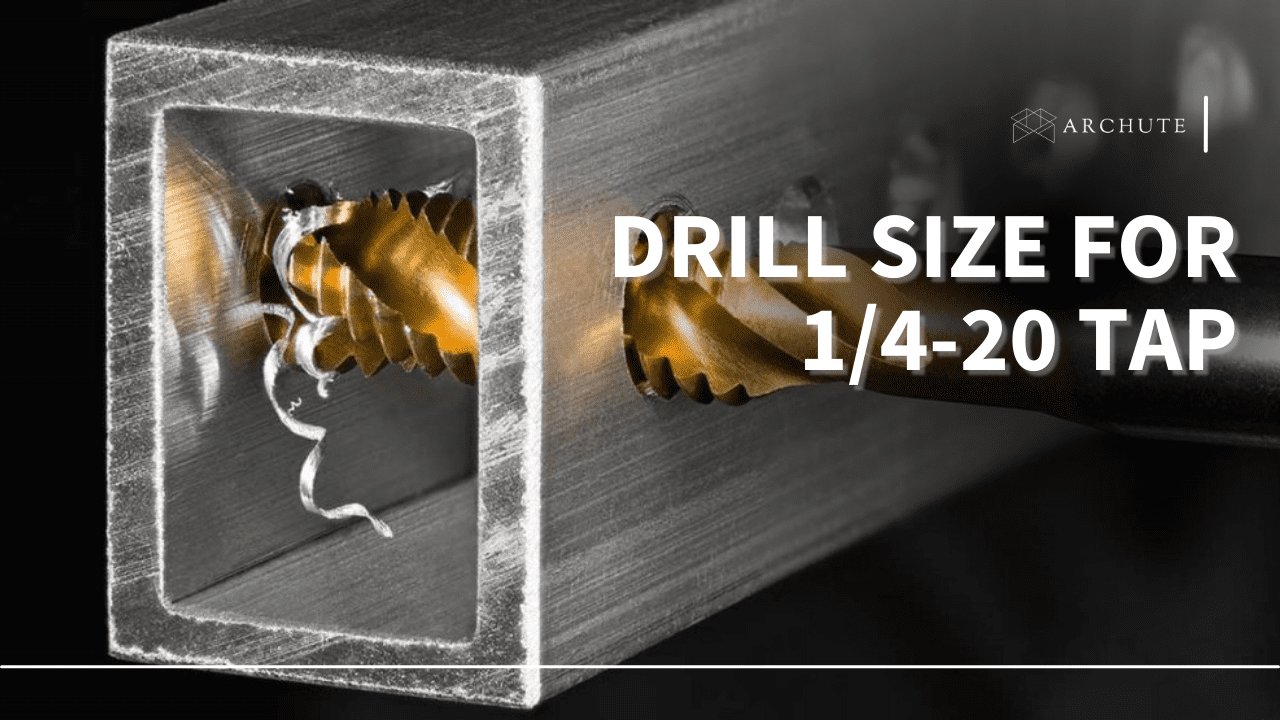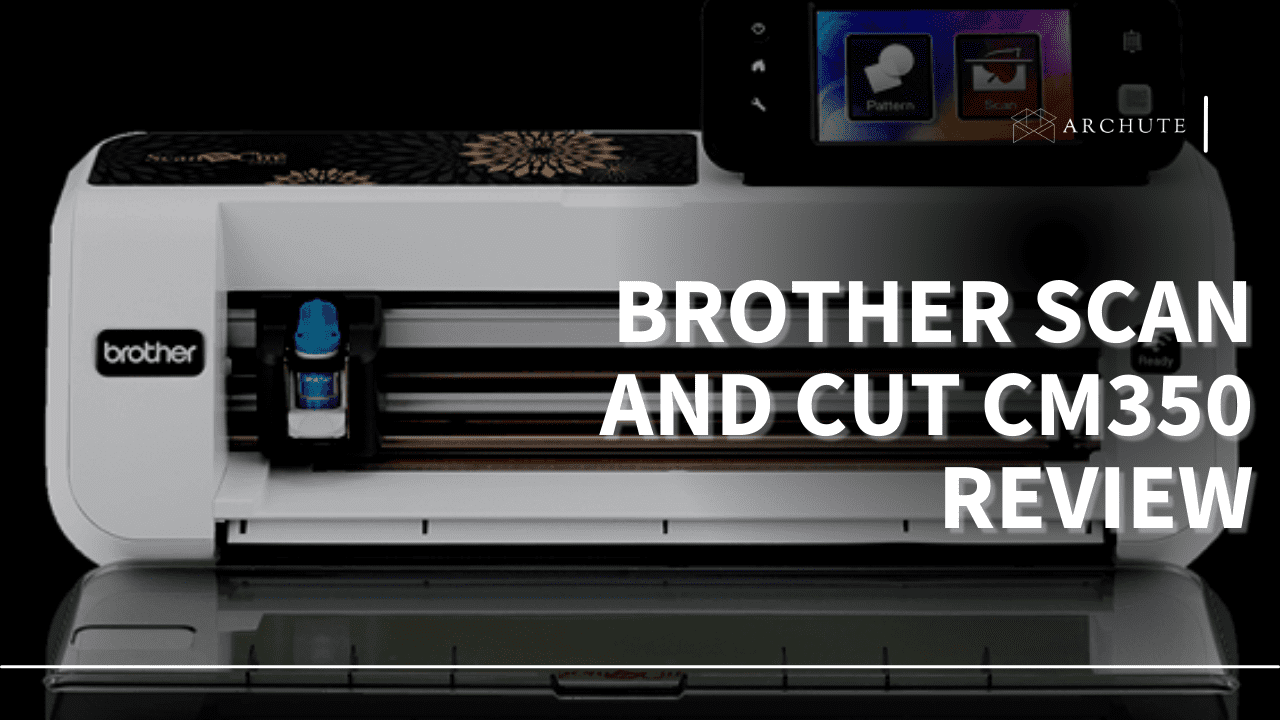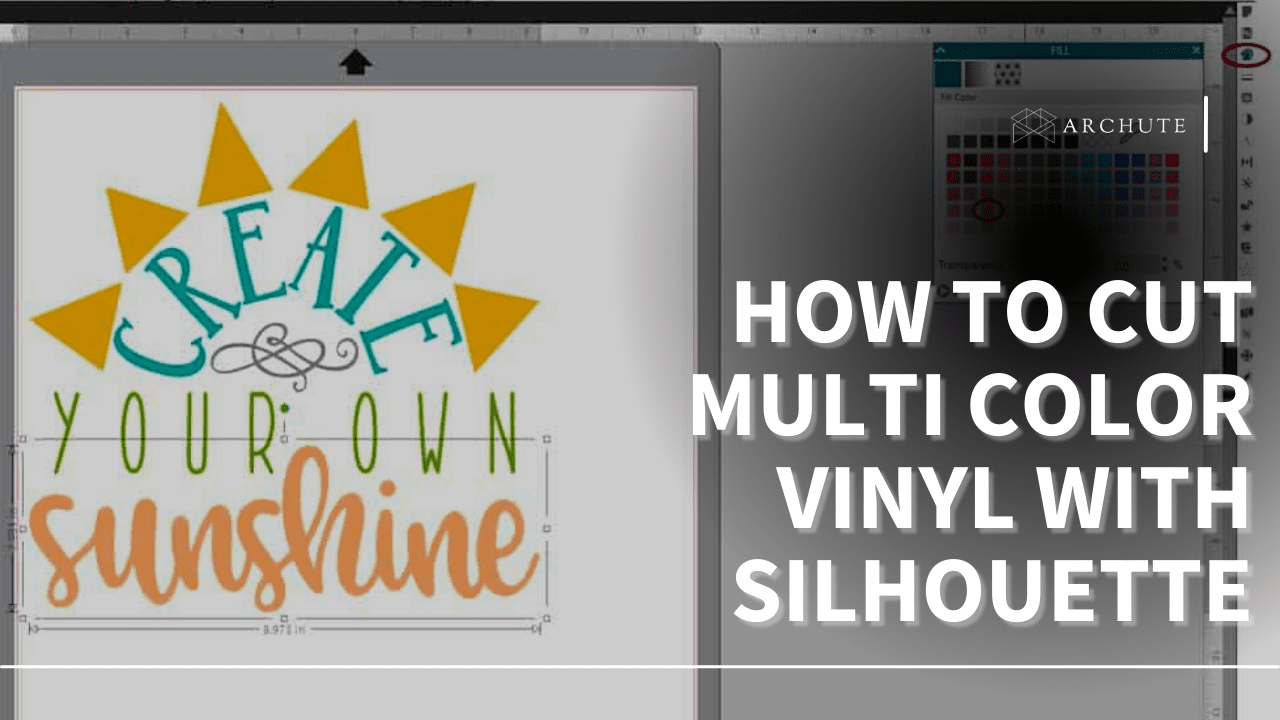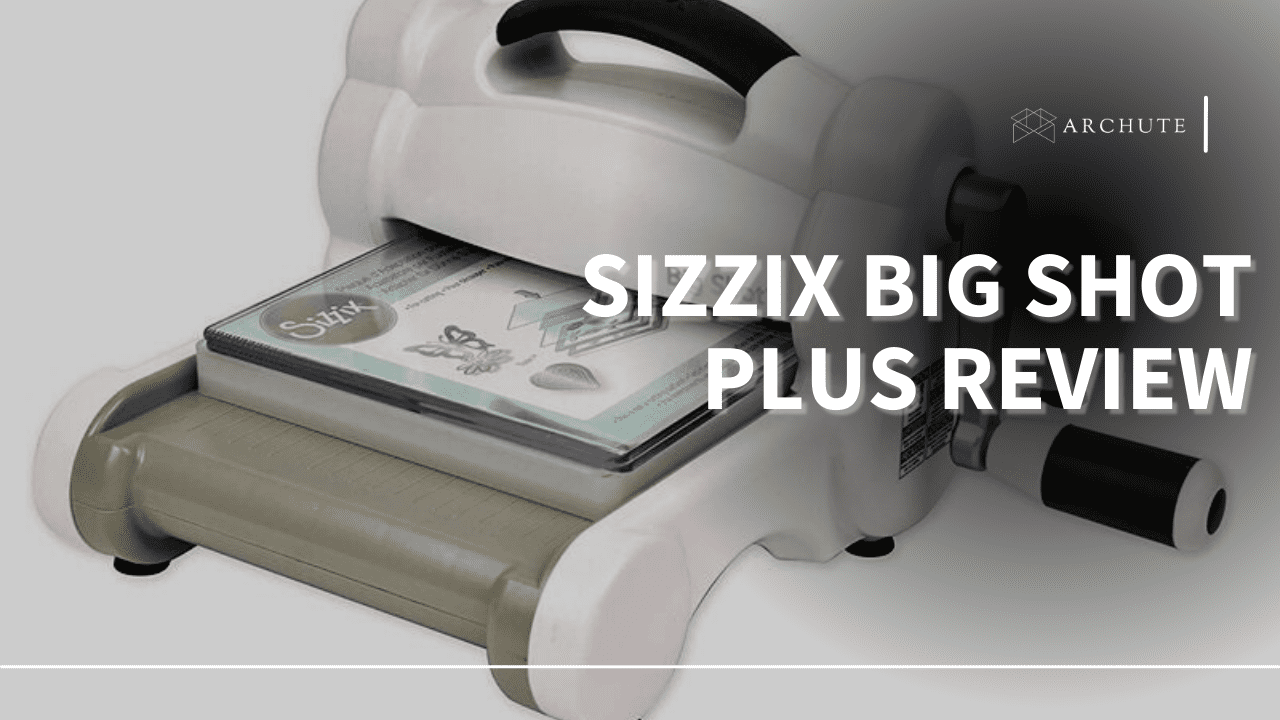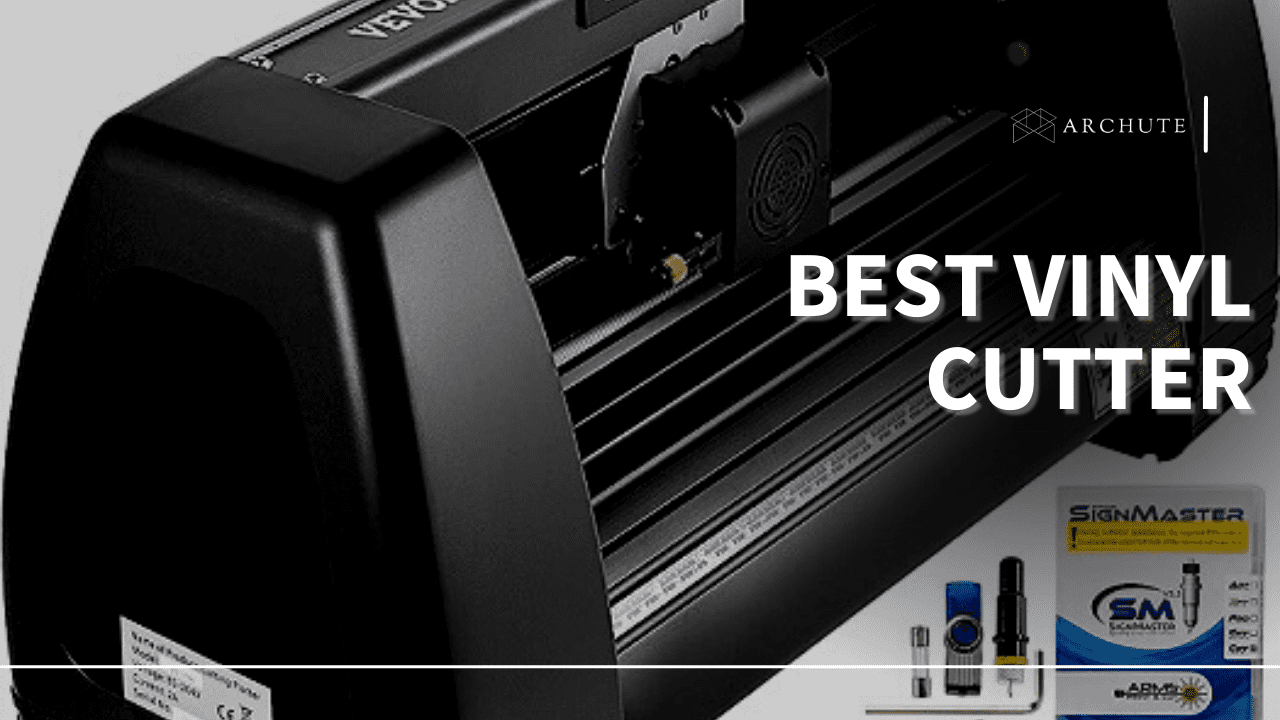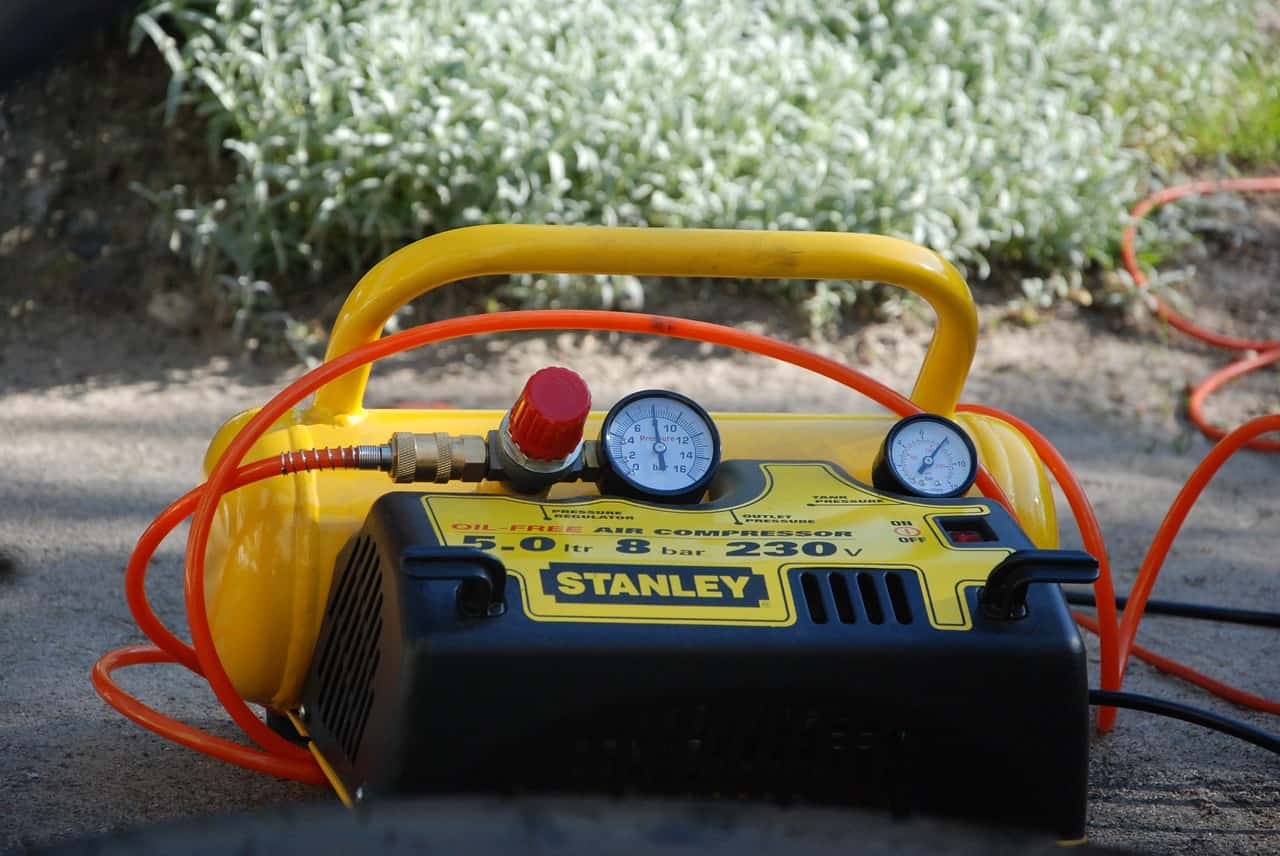Drilling and tapping a hole in thicker gauge metal is essential for fabrication. From a DIYer to a skilled craftsperson, you will use the drill bits in one way or another. And to avoid damaging the material you are drilling into, you need to learn basic facts such as what size drill bit you need. So, what drill size for 1/4-20 tap do you require?
The right drill bit size for 1/4′′ 20 taps is determined by the coarseness of the thread to be tapped. Besides, check the hardness of the material you intend to drill through to avoid damaging the drill bits. Conversely, if the drilled hole is too small, the bolt will be challenging to thread. And as a result, this might damage the bolt threads. On the other hand, if the hole is too large, the bolt will be loose and won't have 100% of its structural strength when completely tightened.
How Does a Drill Bit Work?
As mentioned, drill bits for metals are crucial for DIY enthusiasts and professionals. The drill's chuck usually holds drill bits in place. And when you turn on the drill, the chuck rotates, providing torque and the axial speed needed to drill the hole.
In addition, it tightly holds the drill bits, effectively keeping them in place until you remove them. On the other hand, the best countersink drill bits have one end with a shank that fits into a drill chuck and the other with cutting edges.

Image Source: vmfun.com
Here are the components of a standard drill bit:
- The Point Angle: The angle formed at the cutting point of the bit. Drill bits with varying tip angles are ideal for various types of materials.
- The Lip Angle: The angle usually determines how much help the cutting edge of drill bits receives.
- The Spiral: The rate at which the drill bit rotates determines the chip removal rate.
- The Mechanic: A term suppliers use to describe the length of drill bits.
What is the Drill Size For 1/4″ 20 Tap?
Though it does not often happen around the home, you may need to occasionally tap new threads into the metal. Drill a smaller hole than the tap but big enough to trim the edges before tapping. Although tapping threads is a simple concept, it can be hard.

Image Source: micro-machine-shop.com
If the hole is quite small, the tapping will extend far into the middle, making it difficult to screw the bolt into place. On the other hand, if the drilled hole is too big, the bolt won't fit properly with the threads.
The tap drill is usually 75 percent for traditional or softer materials, but it can be lowered to 50 percent for tougher materials requiring a tighter connection with the bolt or screw. When tapping tougher materials, 50 percent finer threading may be preferred. This may impact the size of your drill bit; for a 50 percent tap drill for 1/4′′ 20 taps, use a 7/32′′ drill bit.
Steps on How to Drill 1/4" 20 Taps?
Tapping aims to create a threaded hole for a screw to go through; therefore, always have the bolt ready to give you a better idea that you're on the right track. After drilling the initial hole, deburr the edge to remove any sharp edges. A chamfer at this point will also make tapping considerably easier.

Image Source: tipsfortools.weebly.com
Clean out any chips, dust, or other material gathered in or around the hole. A 90° tap guide usually comes in handy when tapping. Besides, when exerting so much downward pressure on the hole and tool we're working on, it is easy to lean to the side, resulting in a crooked tap. To avoid that, invest in the best tap-and-die set for home use. Also, take your time and follow the tutorial's directions.
Here are steps on how to drill 1/4" 20 taps
Step 1
Use a tap drill size chart to determine the threaded hole's required size.
Step 2
Determine the position of the 1/4-20 tapped hole, use a tape measure to locate the hole, and mark its location with the scribe.
Step 3
Set the center punch's tip on the location of the hole you want to tap. Then, to create a depression in the hole location hit the rear of the center punch with the hammer. This will prevent the drill bit from straying away from the center of the hole.
Step 4
Insert the drill bit into the drill motor. To secure the drill bit, tighten the chuck. Then, apply a generous amount of cutting fluid to the drill bit. Finally, place the drill bit's tip on the center mark.
Step 5
Pump the drill motor's trigger to drill into the metal while applying pressure to the drill. Begin drilling the hole, then stop and add more cutting fluid to the drill bit to keep it and the metal cool. As you drill, add more cutting fluid to the metal.
Step 6
Put the 1/4-20" tap into the tee handle. Then, secure the tap completely within the tee handle. If the tap becomes loose from the tee handle, it may break during the metal threading. Therefore, apply cutting fluid to the tap.

Image Source: metal-archive.ru
Start the tap in the hole while keeping the tee handle level. Then, thread the tap into the hole by turning the tee handle clockwise. If the tap becomes stuck in the hole, spin the tee handle 1/4 and turn counterclockwise to dislodge it. Then, turn the tap into the hole again. Furthermore, thread the tap through the hole until it reaches the bottom. To remove the tap, turn it counterclockwise.
Step 7
Attach the grinder's flapper wheel. Then, remove the burr from both sides of the tapped hole using the grinder.
Step 8
To ensure the hole is correctly threaded:
- Insert a 1/4-20 bolt.
- If the bolt won't thread into the hole, clean the tap and add cutting fluid to the threaded hole.
- Tap the hole again to clean the threads.
Frequently Asked Questions on Drill Size for 1/4" 20 Tap
1. How do I read a drill bit size?
Drill bits come in fractional, metric, letter sizes, and wire gauge numbers. Fractional measurements are in inches, whereas metric measurements are in millimeters. The wire gauge systems and letter sizes correspond to tool sizes that increase as the wire gauge reduces from #107 to #1 and then from A to Z. The decimal equivalents of the dimensions are available in English and Metric units.
2. How do you calculate the drill size for a tapped hole?
The tap drill's diameter equals the nominal diameter minus the thread pitch. Therefore, using this easy method, you can determine the right tap-drill diameters. For instance, for a 3/8-16 thread, the drill size will be 0.375 0.0625 (pitch) = 0.312 in.
3. How do I determine which drill bit size to use?
Place the shaft of the drill bit in front of the screw. Only the screw threads should be visible. The drill bit is quite big if you cannot see the threads. The bit is too small if you can see too much of the screw.
4. What else should you consider when drilling 1/4′′ 20 tap?
Determine whether to tap with 50 percent or 75 percent when drilling any material for tapping. This may vary depending on the hardness of the material; therefore, if you can drill through a scrap material first, you'll have a brilliant idea of how to tap.
Featured Image Source:engineeringclicks.com

